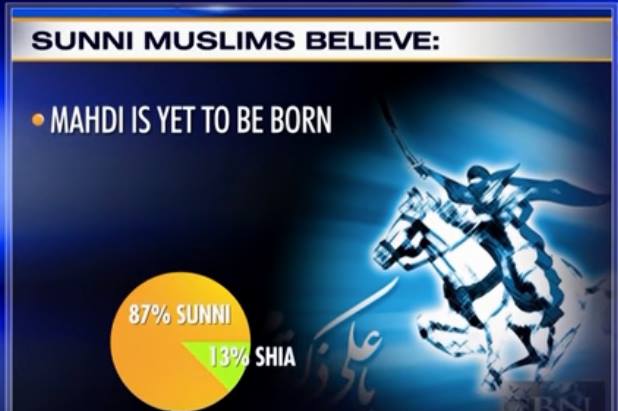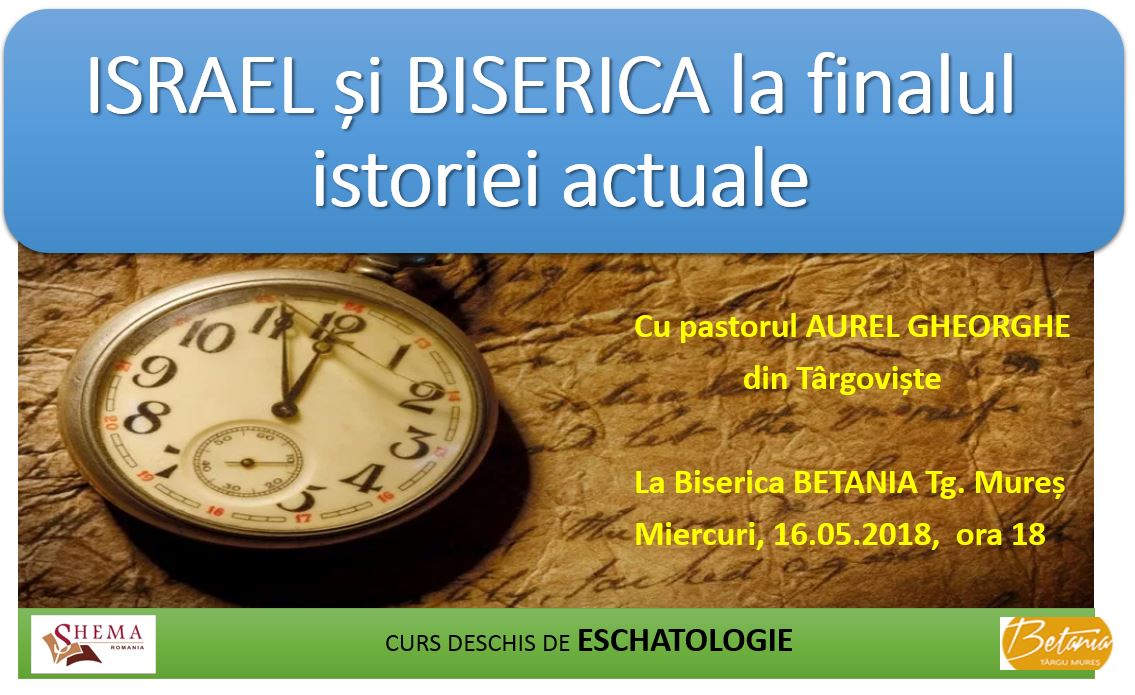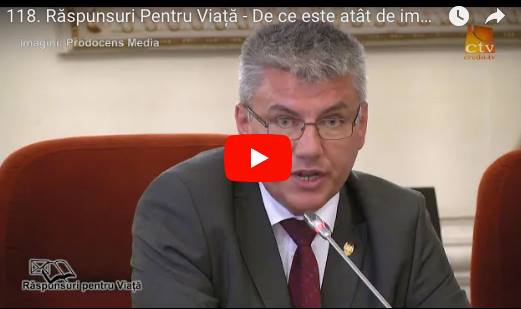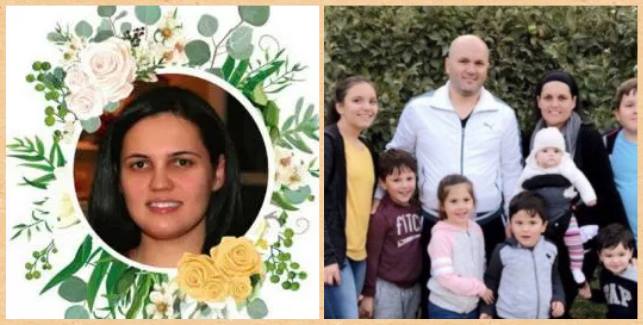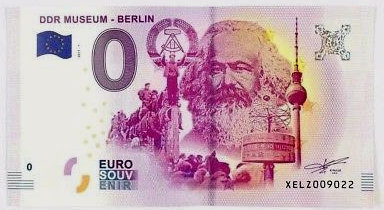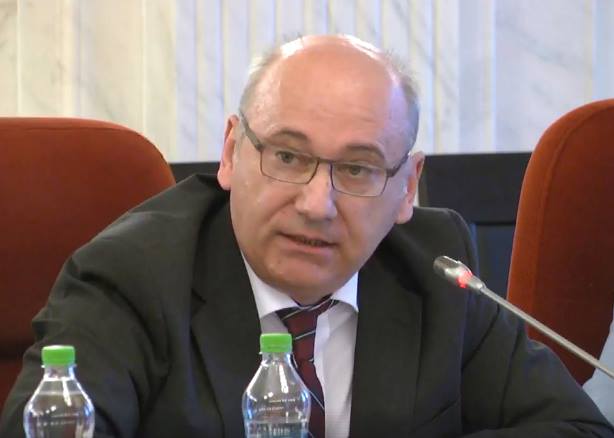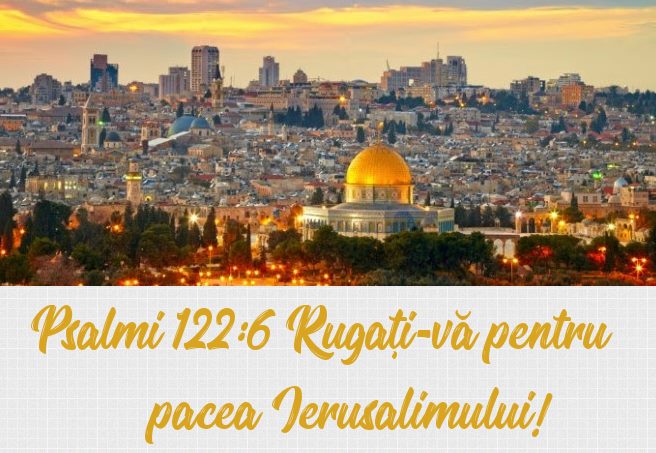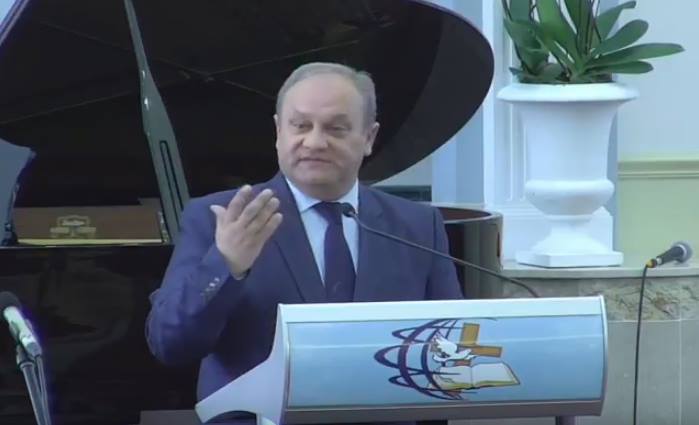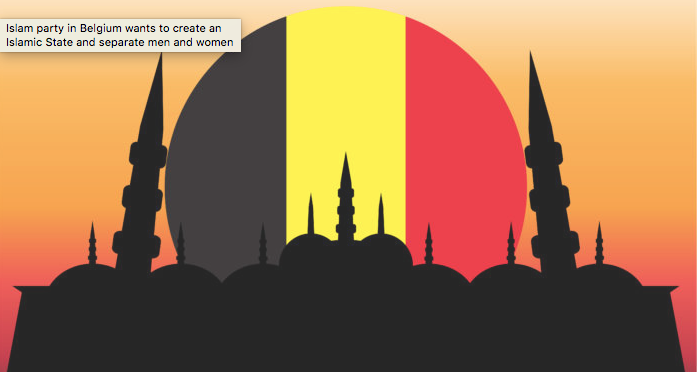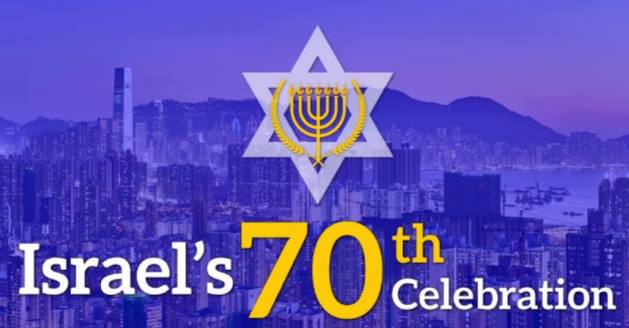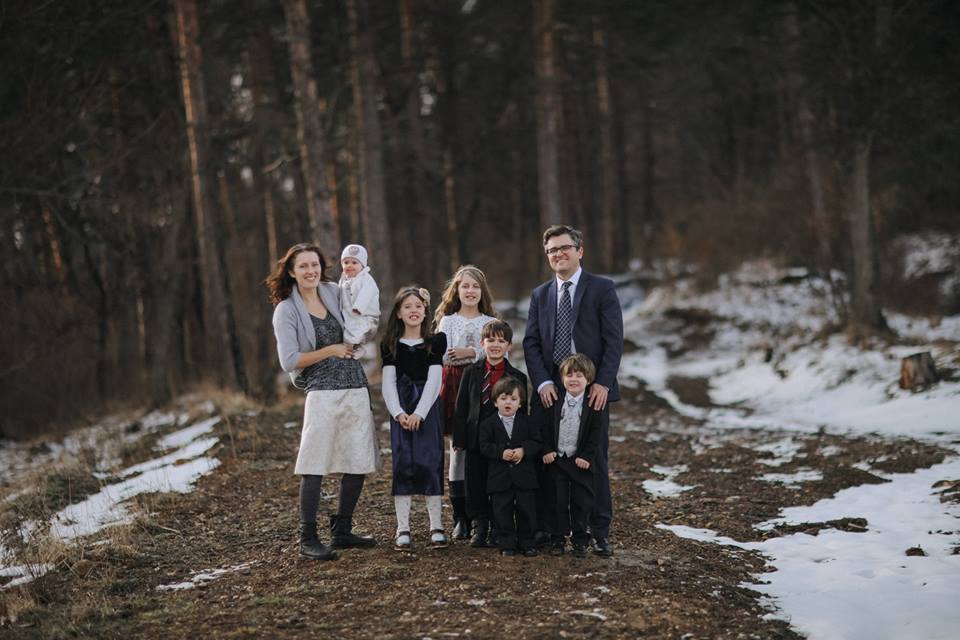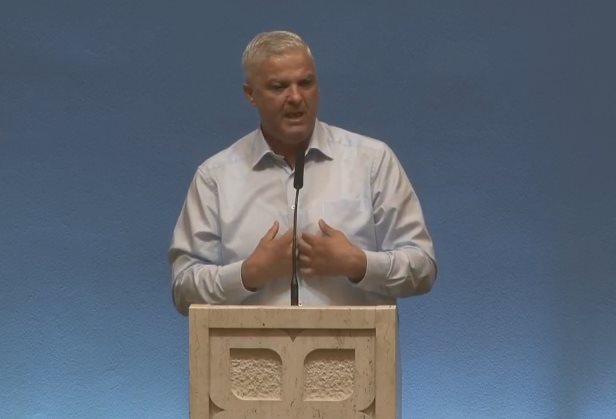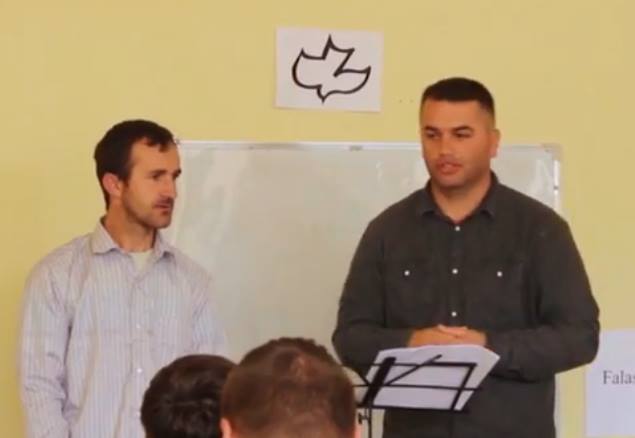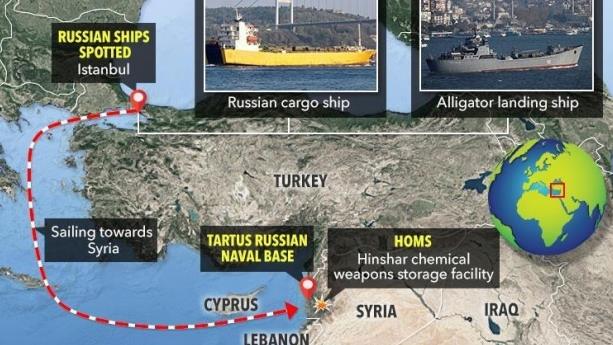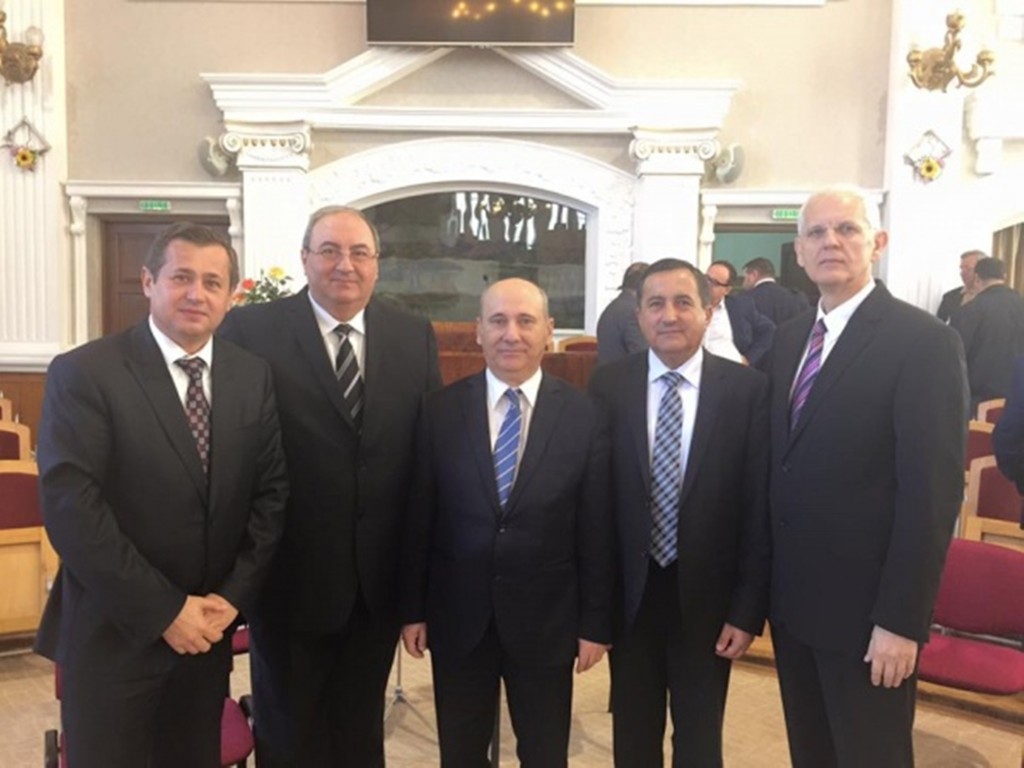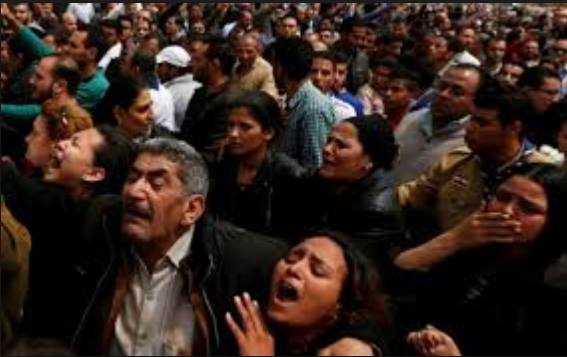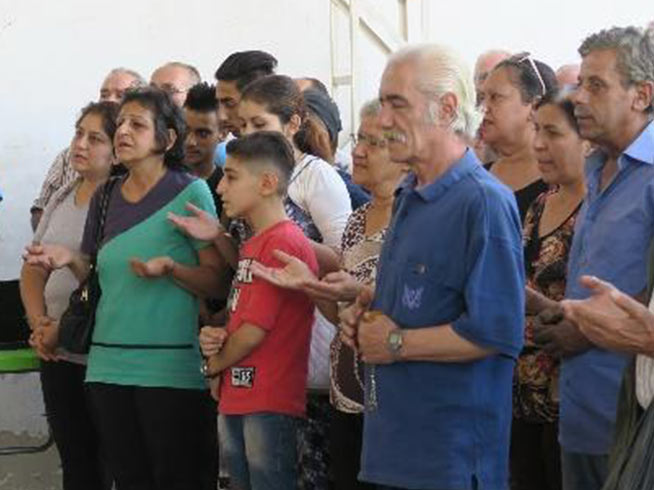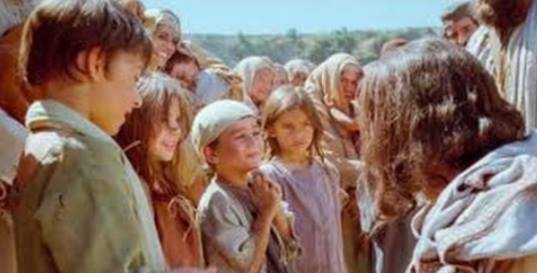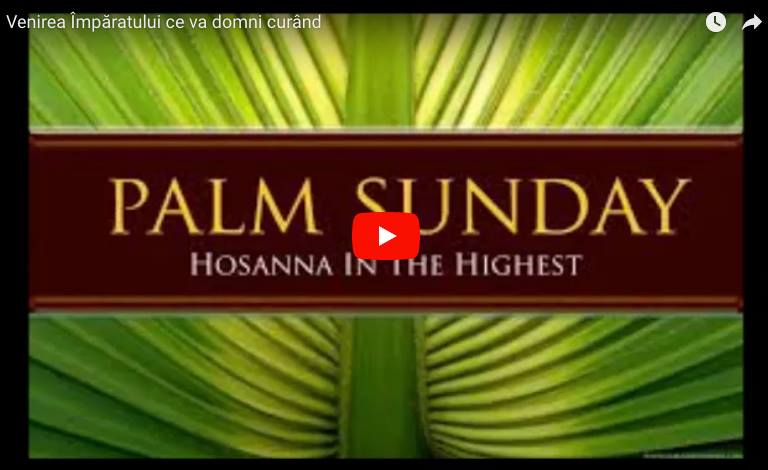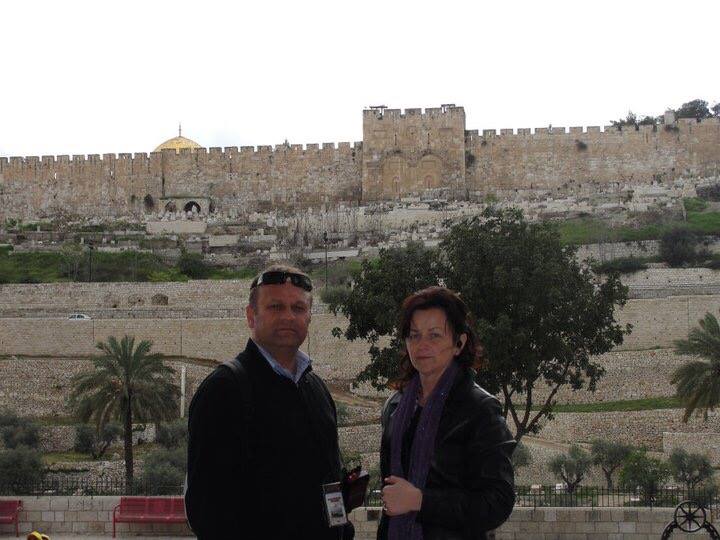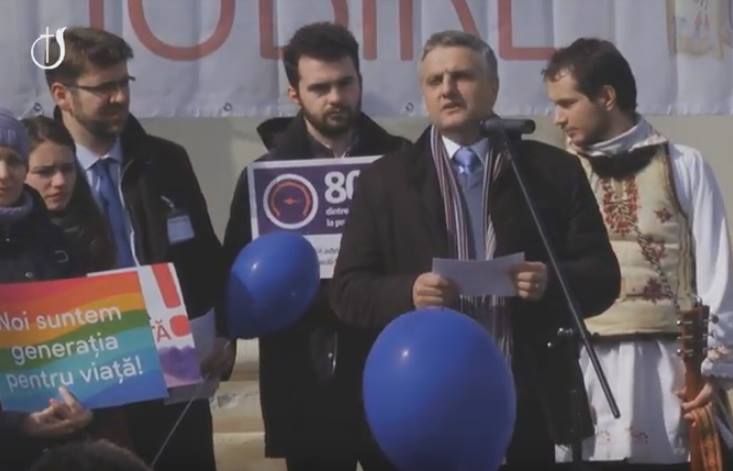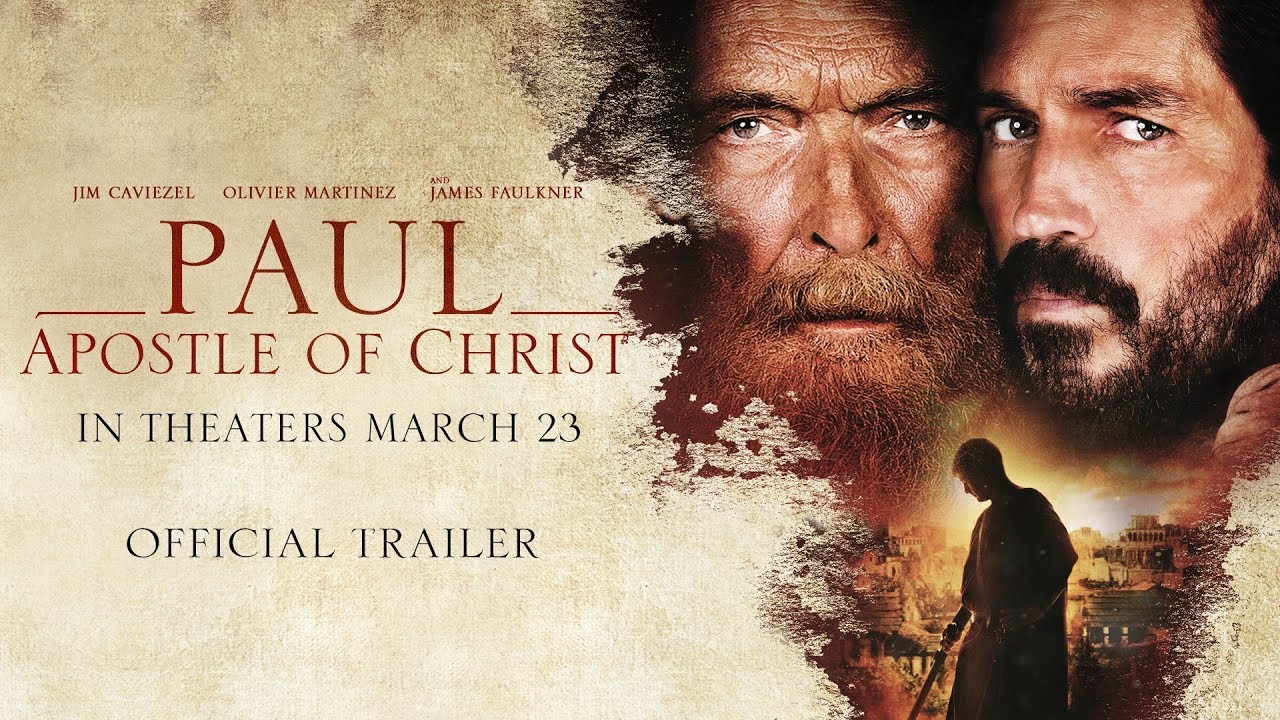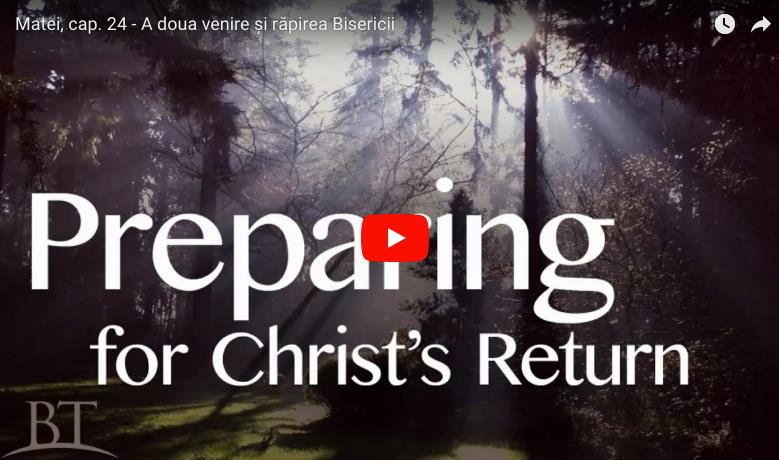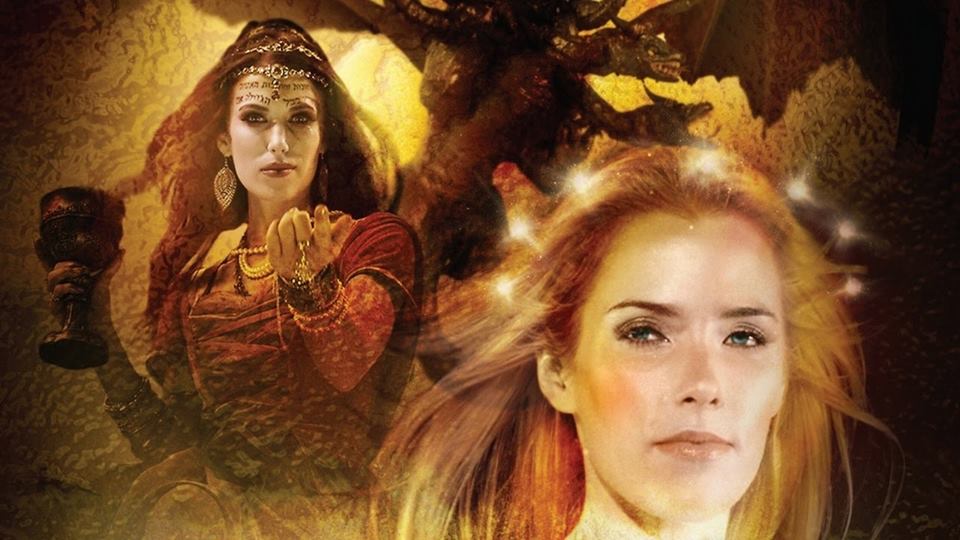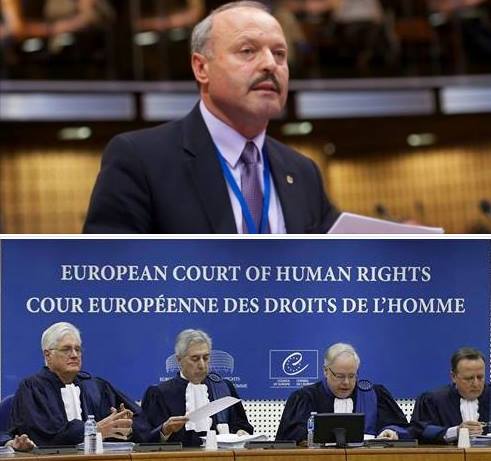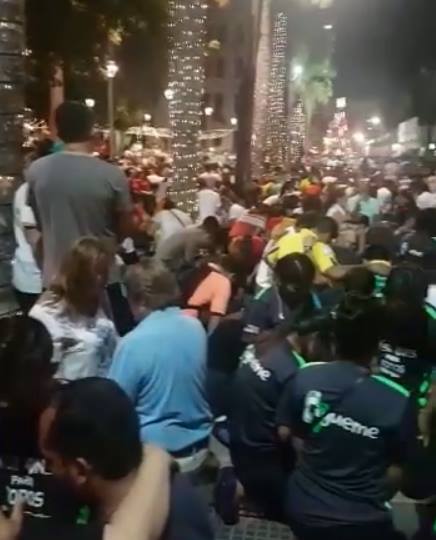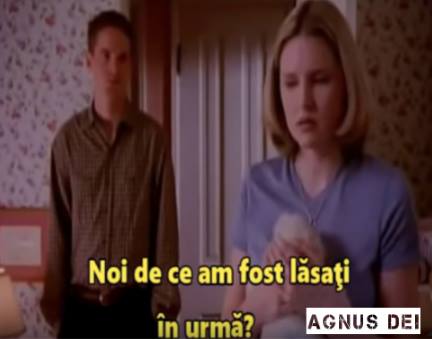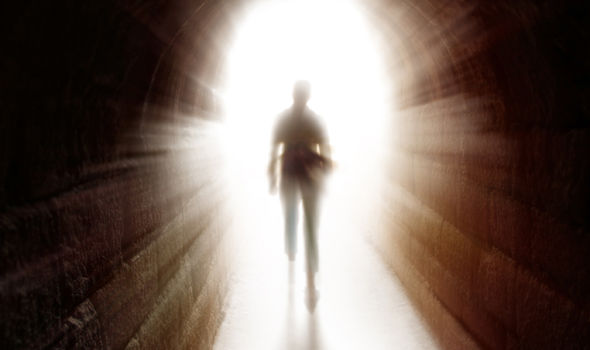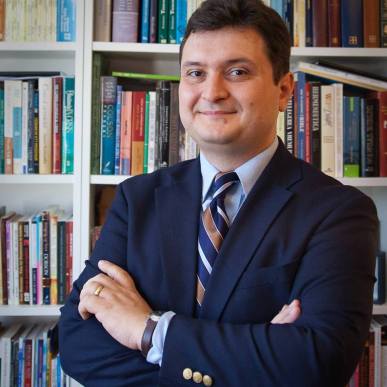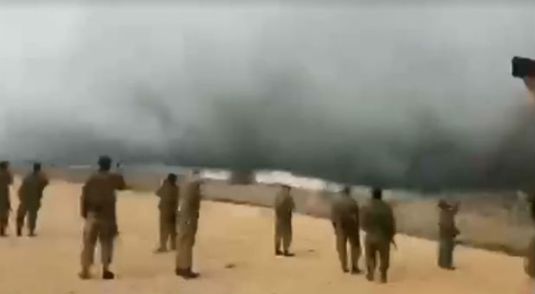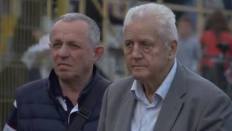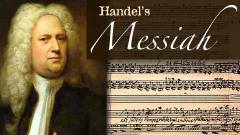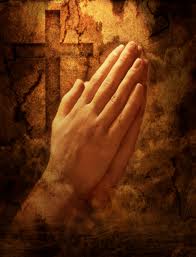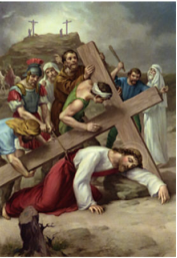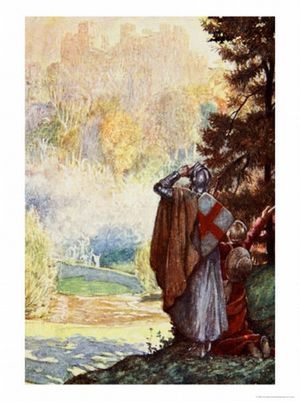Trebuie sa-ti dovedesti credinta prin fapte? Niste criterii prin care sa va puteti verifica credinta.
Emil Bartos:Prezentarea cartii Iacov
Iacov – Aceasta epistola este pentru crestini. Un necrestin, greu s-ar descurca in ea si vreau sa va dovedesc aceasta. Uitati ce o sa citim din epistola. La fiecare verset trebuie sa remarcati cu „Fraţii mei”.
Fraţii mei, să priviţi ca o mare bucurie când treceţi prin felurite încercări, –
Ştiţi bine lucrul acesta, preaiubiţii mei fraţi! Orice om să fie grabnic la ascultare, încet la vorbire, zăbavnic la mânie, –
Fraţii mei, să nu ţineţi credinţa Domnului nostru Isus Hristos, Domnul slavei, căutând la faţa omului. –
Fraţii mei, ce-i foloseşte cuiva să spună că are credinţă, dacă n-are fapte? Poate oare credinţa aceasta să-l mântuiască? –
Fraţii mei, să nu fiţi mulţi învăţători, căci ştiţi că vom primi o judecată mai aspră. –
Nu vă vorbiţi de rău unii pe alţii, fraţilor! Cine vorbeşte de rău pe un frate sau judecă pe fratele său vorbeşte de rău Legea sau judecă Legea. Şi, dacă judeci Legea, nu eşti împlinitor al Legii, ci judecător. –
Fiţi dar îndelung răbdători, fraţilor, până la venirea Domnului. Iată că plugarul aşteaptă roada scumpă a pământului, şi o aşteaptă cu răbdare până primeşte ploaie timpurie şi târzie. –
Mai presus de toate, fraţii mei, să nu vă juraţi nici pe cer, nici pe pământ, nici cu vreun altfel de jurământ. Ci „da” al vostru să fie „da” şi „nu” să fie „nu”, ca să nu cădeţi sub judecată. –
Desigur, tema principala a acestei carti este credinta. Credinta vie. Credinta practica. De aceea, nu este o carte usor de trait. De inteles, parca e si mai greu. Sa stiti ca aceasta carte din Biblie, desi nu e lunga, a fost contestata de multi pe doua motive majore, doua oiectii: Intai, ca aceasta carte n-are coerenta. Adica, ideile din carte sunt haotice. Asa, aruncate, nu exista legatura intre ele. Cred ca este o acuza gresita. Cu cat patrundeam mai mult in carte, cu atat vedeam toate balamalele, legaturile din carte. Are coerenta si inca ce fel de consistenta. Pentru ca doar tema aceasta a credintei vii, credintei active, aduna toata cartea. Are sens. E adevarat ca aceasta epistola, o sa vedeti, cei care o veti aprofunda- mi-a placut ideea [voastra] sa o memorati, chiar daca numai pe capitole. E foarte intensa. Foarte intensa, sunt foarte multe cerinte pentru noi, foarte multe asteptari, foarte multe avertizari.
A doua acuza care a planat asupra acestei epistole este ca teologia cartii nu e in concordanta cu teologia apostolului Pavel. Ca Iacov si Pavel sunt diferiti, gandesc altfel, de ex. rolul credintei in mantuire. Ca Pavel vorbeste despre credinta mai mult ca un dar de la Dumnezeu, pe cand, Iacov vorbeste mai mult despre credinta ca fapta, ca ceva ce se vede. Sigur, eu cred ca cei doi se completeaza. Exact ce spune ap. Pavel si ce-am citit noi: Fraţii mei, ce-i foloseşte cuiva să spună că are credinţă, dacă n-are fapte? Poate oare credinţa aceasta să-l mântuiască? – 24 Vedeţi dar că omul este socotit neprihănit prin fapte, şi nu numai prin credinţă. Deci, credinta nu este exclusa, [ca si cum] faptele fac totul. Nu. Nu numai prin credinta. Adica, vrea sa spuna Iacov: Nici macar nu discutam ca intai trebuie sa fie credinta. Dar, aceasta credinta trebuie dovedita prin fapte.
Deci, eu cred ca nu este o carte incoerenta, inconsistenta din punct de vedere teologic. Parintii bisericii au citat des din epistola lui Iacov, sa stiti. Si e adevarat ca n-a intrat prea usor in Canonul Noului Testament. Biserica si-a luat aproape 300 de ani pana sa decida care carti scrise de apostoli sau de apropiati ai apostolilor trebuie sa intre in Canonul Noului Testament. Sa fie partea noului legamant care ne reprezinta pe noi, crestinii.
Crestinii de la inceput au acceptat Vechiul Testament. N-a fost o problema. Dar, biserica a hotarat ulterior, prin episcopi, sa aiba si ea scrierile ei, scrierile noului legamant. De aceea au ales 27 de carti care formeaza Noul Testament. Daca va veti uita la Noul Testament, veti vedea ca sunt patru evanghelii la inceput plus Faptele Apostolilor care e scrisa tot de Luca. Si apoi, urmeaza 12 carti, epistole, scrise de Pavel. Nimeni n-a contestat aceste epistole. Insa, de la epistola catre Evrei pana la Apocalipsa, toate cartile au fost in suspans. S-au discutat. Le includem sau nu le includem? Pentru ca Evrei nu e sigur ca a fost scrisa de Pavel. Cei mai multi spun ca nu, datorita stilului.. in sfarsit. Apoi Apocalipsa, ce carte grea. Mie mi s-a spus: Dupa patruzeci de ani de teologie sa te apuci sa predici din Apocalipsa. Deci, printre aceste carti ce au intrat greu este si Iacov. Deci, de la Evrei pana la Apocalipsa, sunt ultimele puse in Biblie. Nu pentru ca au fost scrise in ordinea cronologica. Nu, ci de abia au intrat in Noul Testament. Iacov e printre ele pentru ca unii au zis: Nu-i in armonie cu ce spune Pavel. Gresit. Si Apocalipsa e o carte minunata. E Cristocentrica.
Au fost trei criterii pentru care au intrat aceste carti in Noul Testament. Trei criterii majore, au fost mai multe.
- Apostolicitatea cartii – Toate aceste carti trebuia sa fie scrise de un apostol sau de un apropiat al apostolilor. Apostolicitatea: Matei a fost un apostol. Marcu a fost un apropiat al ap. Petru. Ioan a fost. Luca, nici el n-a fost dar a fost un medic, apropiat de-a lui Pavel. A fost in misiune cu el. Cu Pavel, nu le putem contesta. Restul au intrat putin mai greu, dar au intrat.
- Armonia cartilor – Al doilea criteriu dupa care s-a facut selectia a fost armonia cartilor. Adica, aceste carti acceptate in Noul Testament trebuie sa se completeze, nu sa se contrazica. Sa fie in armonie ce spune Iacov, Petru, Ioan. Sa fie la fel. Duhul Sfant i-a calauzit pe toti sa scrie. De aceea n-au intrat de ex. evanghelii apocrife. Le citesc naivii si prunci: Copilaria lui Isus, Maria Magdalena. Biserica le-a ignorat. Au zis: Astea n-au cum sa fie in armonie cu celelalte, cu scrierile apostolilor. De aceea n-au intrat in Canon si nici nu le recomandam spre citire. Deci, armonia cartilor a fost o dovada. De inca din secolul 2, de la parintii apostolici (se numesc) – Clement, Alexandrinul, Iustin martirul, apoi mai tarziu Irineu, Tertulian, Ciprian, Origen, pana la parintii bisericii in secolul 4 care se numesc marii teologi ai bisericii, au inceput cu Atanasie. Toti, pana la Atanasie, deci 200+ ani, au citat din Iacov (si din celelalte carti). Deci, sunt acoperite toate. Sa stiti ca se spunea ca si daca s-ar fi pierdut originalul sau copiile, primele copii ale Noului Testament, Noul Testament se putea rescrie numai pe baza citatelor din parintii bisericii sau din apologetii bisericii sau parintii apostolici. Ce sa mai zic ca in sfarsitul secolului 3, deci in jurul anului 300 si dupa s-a pornit miscarea monahala. Calugarii – care se retrageau peste tot in pesteri sau comunitati restranse. Si ce faceau ei toata ziua? Memorau Biblia printre altele. Si se spune ca si daca n-am fi avut copii si n-am fi avut scrierile celorlalti apologeti crestini, am fi putut reface Noul Testament pe baza memoriei acestor calugari. Si astazi, sa stiti, cei care se retrag, devin calugari, printre altele, asta fac. Deci, al doilea criteriu a fost armonia cartilor. Parintii apostolici, cei dupa apostoli, apologetii crestini, teologii bisericii, toti au citat din Iacov si din celelalte scrieri.
- Acceptarea acestor carti – In al treilea rand sau al treilea criteriu a fost acceptarea de biserica a acestor carti. Adica, sa se fi predicat din aceste carti, sa fi fost considerate de episcopi ca ua fost valoroase si asa am dovedit.
Deci, Iacov corespunde. iacov este o epistola acceptata de biserica. Are spirit apostolic in ea si e in armonie cu tot ce a spus si Hristos si apostolii Lui, incluzandu-l pe Pavel. Deci, avem o carte minunata, inspirata de Duhul lui Dumnezeu. Am mai predicat din Iacov, dar n-am stat sa-i gasesc eu cheia. Sa ma duc si sa vad ce imi spune mie aceasta epistola. Foarte multe mi-a spus. Tema principala, asa cum am spus, este credinta. Ce face Iacov este sa ne provoace stadiul de credinta in care suntem pentru ca el observa ca exista crestini care au stagnat in credinta. Stiti ce inseamna stagnare? Ca apa baltita. Apa care nu produce, care miroase, cam asa arata unii crestini.
Iacov vrea sa ne scuture si sa zica: „Pai, tu care spui ca esti crestin si ai credinta Domnului Isus Hristos..” asa zice in 2:1, „sa nu tine-ti credinta Domnului cautand la fata oamenilor.” Deci, credinta asta in Domnul Isus care ni s-a dat, nu trebuie sa fie nici o povara pentru tine, nici doar o datorie. Sa fie bucurie. Eu asta am descoperit in Iacov. M-a cercetat. Peste tot am gasit semnele bucuriei. Tot timpul stralucea ceva, desi ma lovea moalele capului (cap. 3) cu vorbirea. Dar mi-am revenit si m-am bucurat ca finalul este dramatic. Finalul este despre aia bolnavi, despre aia care n-au rabdare, despre cei care-s rataciti. Dar veti vedea imediat, finalul este plin de har. Plin de har. N-am vazut niciodata asa aceasta epistola. Deci, v-o recomand. Patrunde-ti in ea. Parasiti starea de stagnare, de baltire. Stiti cum arata crestinii care nu mai cresc? Care nu se desavarsesc? Sunt crestini oscilanti, superficiali. Cei care se lupta prea des cu indoielile: „Oare sunt salava? Nu stiu daca…” Sunt cei care cred ca sunt destul de sinceri si cred ca asta-i suficient. Crestinii superficiali sunte cei care cad des in ispita. Se roaga numai in crize. Cum apare criza, hop, si el e dintr-o data mai credincios. Unc restin care stagneaza este un crestin care nu se simte confortabil sa-L prezinte pe Hristos altora. Nu isi poate deschide gura sa-L marturiseasca pe Hristos. Isi camufleaza cresinta cat poate. Crestinul care stagneaza este unul care nu iubeste partasia cu biserica decat din interes. Pentru ei Iacov are aceste avertizari: Mai fratilor, tine-ti la credinta voastra. Uite, va dau eu niste criterii prin care sa va puteti verifica credinta.” Asta face Iacov….
Mesajul incepe la minutul 1:06:00 sau 66:00. Notitele sunt pana la minutul 1:28:30.
















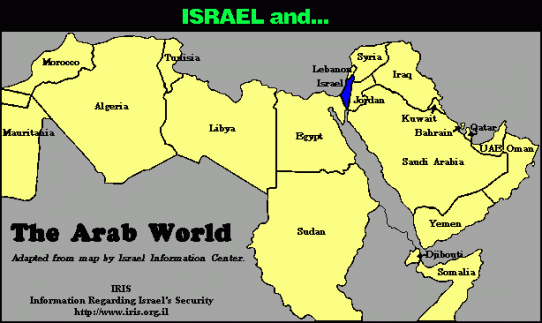
 Photo credit
Photo credit 

 His Greek Grammar Beyond the Basics: An Exegetical Syntax of the New Testament (Zondervan, 1996) has become a standard textbook in colleges and seminaries. Dr. Wallace is also the Executive Director for the
His Greek Grammar Beyond the Basics: An Exegetical Syntax of the New Testament (Zondervan, 1996) has become a standard textbook in colleges and seminaries. Dr. Wallace is also the Executive Director for the 





















